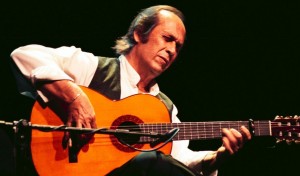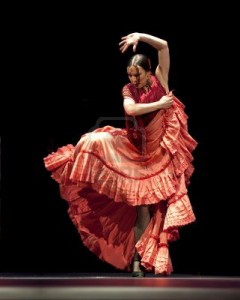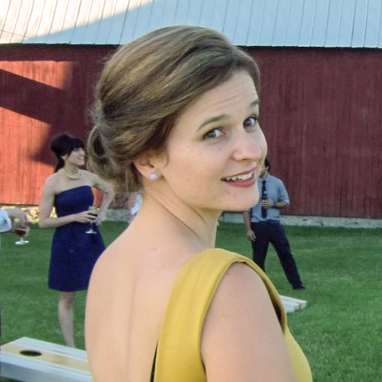Flamenco, the Dance and the Music
Posted on November 19th, 2013 by Samuel Max in Uncategorized | No Comments »
The frilly red dresses circle and spin in time to the guitar wizard’s finger tornado, putting you under the spell of the Spanish flamenco.
Originating in the Andalusian area of Southern Spain in the 16th century, as an amalgamation of the cultures of the Gypsies, Moors, Jews and indigenous Andalusians.
The origin of the word ‘flamenco’ is uncertain; it’s understandably related to the bird ‘flamingo,’ which means “flame-colored,” which is possibly a reference to the fiery red traje de flameca – the flamenco outfits. Another possibility, as outlined by Blas Infante, an Andalusian historian, is that the word came from the Hispano-Arabic ‘fellah mengu,’ meaning “expelled peasant,” or ‘flahencon,’ meaning “collection of songs.”
While the etymology is cloudy, what’s crystal clear is that flamenco is one of the most technically demanding musics in the world. The dance is usually done solo, and characterized by clapping, percussive footwork, and sweeping intricate body movements. The music centers itself with the guitarist, with a unique style of playing that consists of lightning quick hand movements, strumming with each finger in rapid succession to create a sound unlike any other.
Along with this technically difficult style comes an abundance of terms and words used to describe and label the many unique features:
A golpe – A song that has only the single rhythm of a stick on the floor, knuckles on a table or the stopping of a foot.
Braceo – The sweeping arm movements of the dancer.
Calo – The language of the Gypsies.
Compás – The beat, or rhythm of the song, such as 4/4
Duende – Soul, something flamenco must be performed with.
Estribillo – The chorus.
Floreo – Hand movements.
Juerga – A flamenco party or jam session.
Letra – Lyrics.
Palmas – Rhythmic hand clapping.
Tocaor – The flamenco guitarist.
Toque – Guitar playing.
Along with the dancer and guitar player, there can often be a small rhythm section; castanets are an instrument often used, they consist of two shells tied together by string and clapped together to produce a rattling sound; also the cajón, which is Spanish for ‘drawer,’ but is an instrument that looks like a wooden box, the performer sits on top and taps it with their hands.
 Flamenco has been declared one of the Masterpieces of the Oral and Intangible Heritage of Humanity by UNESCO, and has become so worldwide that there are now more flamenco academies in Japan than there are in Spain.
Flamenco has been declared one of the Masterpieces of the Oral and Intangible Heritage of Humanity by UNESCO, and has become so worldwide that there are now more flamenco academies in Japan than there are in Spain.
It’s difficult to talk about the flamenco style and not mention Paco de Lucia; he was born in 1947 and has gone on to become the most commercially successful flamenco guitarist, some even talk of flamenco music as ‘before Paco’ and ‘after Paco.’ Many consider him to be the greatest musician to come from Spain and he has received much credit from other well-established guitarists, such as Eric Clapton, who stated that Paco is a “titanic figure in the world of flamenco guitar,” and has “astounding technique and inventiveness.”
Can you think of any other important flamenco performers? Have you ever seen a live performance?





